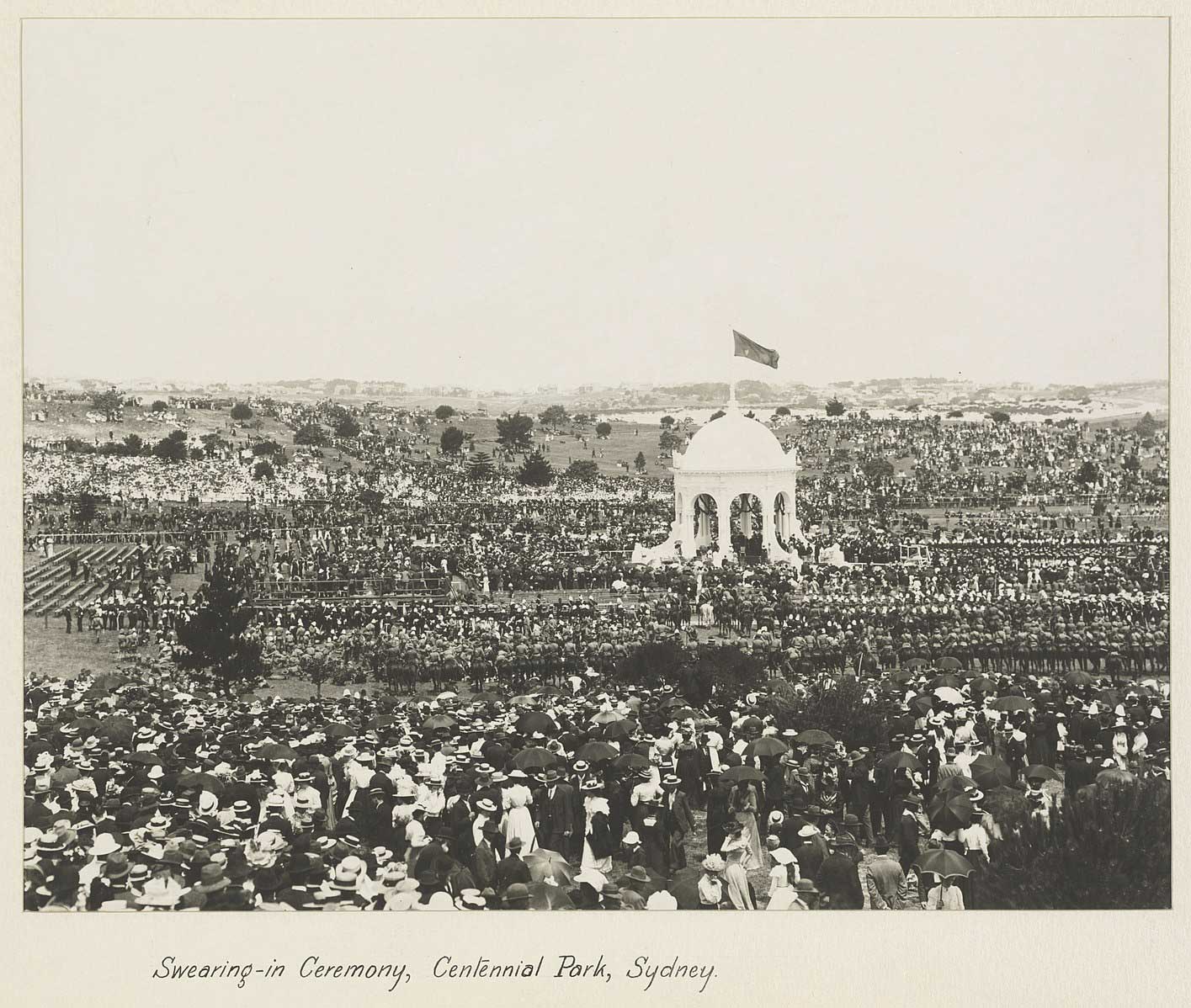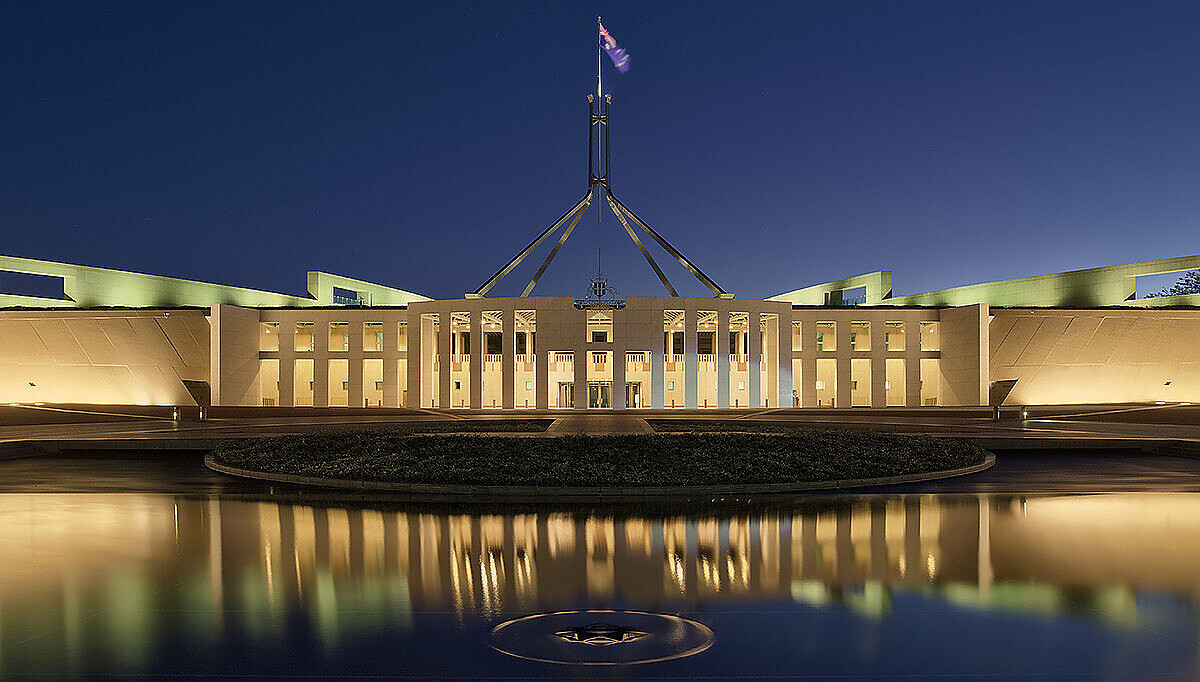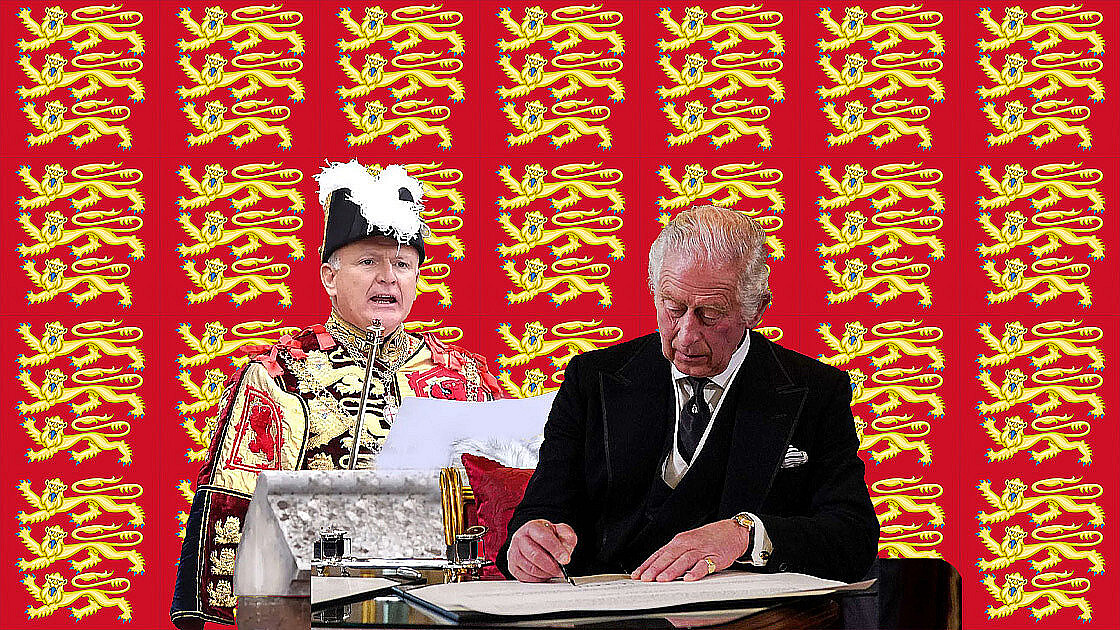The Dictionary
According to the Macquarie Dictionary, a republic is a state where “the supreme power resides in the body of citizens entitled to vote and is exercised by representatives chosen directly or indirectly by them.”
(For more detail from the dictionaries, go to Definitions.)
Usage and political theory
Sir Thomas Smith introduced the term “republic” to describe the English system as long ago as the sixteenth century. He was an English diplomat and one of the most outstanding classical scholars of his time.
He studied at Padua and was made Regius Professor of Civil Law and Vice-Chancellor of Cambridge University. He was also a Member of Parliament, an ambassador to France and as a secretary of state, a very close and trusted confidante of Queen Elizabeth I.
His book, “De Republica Anglorum; the Manner of Government or Policie of the Realme of England,” was published in 1583. He intended to show how the English system differed from and was superior to others.
“No one”, said the renowned historian, FW Maitland, “would think of writing about the England of Elizabeth’s day without paying heed to what was written about that matter by her learned and accomplished Secretary of State.” The French political philosopher Montesquieu, one of the most significant figures of the Enlightenment, declared England in the seventeenth and eighteenth centuries to be a ‘republic hiding under the form of a monarchy’.
Eighteenth-century republican theorists did not see constitutional monarchy as incompatible with genuine republicanism, says Professor Brian Galligan, A Federal Republic, 1995, p.4. Montesquieu praised the English constitution as an ideal model for republican government
Usage in Australia
The statement that Australia is already a republic may surprise many. But this would have been the assessment of the great political philosophers Rousseau and Montesquieu. As Sir Henry Parkes, to many the Father of Federation, wrote:
“EverConstitutionon is, in reality, a republic. There is just as much a republic in England as there is in the United States, the only difference being that in the one case, the word is not used, and in the other, it is.”
Cardinal Moran, the leader of Australia’s Catholics during the final phase of the nineteenth-century movement for Federation, described our constitutional system as the “most perfect form of republican government”.
The word choice to describe our Federation, the Commonwealth of Australia, is consistent with this line of reasoning. After all, the word “Commonwealth” is the English equivalent of a republic. But as with the word “republic”, it does not necessarily mean a state without a monarch or sovereign. The Republic Advisory Committee, established by Prime Minister Paul Keating in 1993, chaired by Malcolm Turnbull and consisting only of Republicans, conceded that it might be appropriate to regard Australia as a crowned republic. (The Australian Republic, Vol 1, 1993, page 3)
The word “republic” by itself is so imprecise as to be almost meaningless. It requires some qualification to explain what is intended. This site distinguishes between crowned republics (constitutional monarchies) and politicians’ republics.
Politicans’ republics can be classified in various ways. This does not purport to be an exhaustive classification. Falling outside these are, for example, absolute monarchies, which have existed historically in France under Louis XIV and exist today in Saudi Arabia. But in most countries today, the more significant part would be either crowned republics or politicians’ republics. In Australia, the Republican movement proposed a republic where the politicians chose and closely controlled the president. This was rejected in 1999. Although they will not today reveal what sort of political republic they want, the two most talked about is some variation of that left in 1999. The other is one where the president, and presumably the vice president, the six governors, the six lieutenant governors and the territory administrator are all politicians.
As we are arguably already a republic, albeit crowned or disguised, and as our constitutional system is one of the most successful in the world, readers could be excused for wondering what all the fuss is about. And why have millions and millions of dollars already been spent and more proposed on what is an elite folly? More importantly, we may wonder why anyone would wish to change any of the fundamental features of such a successful constitutional system, of which there are so few in the world.
The term “crowned republic” has been used by leading supporters of the Australian Crown in our constitutional system, including the former Prime Minister, John Howard, the former Minister, Tony Abbott, the former High Court judge, Justice Michael Kirby, and the former NSW Court of Appeal judge, Justice Ken Handley.
“…. in many respects, Australia, like the United Kingdom, is already a republic,” declares Alan Fenna, Professor of Politics at the John Curtin Institute of Public Policy, Curtin University, in a volume published in honour of the late Professor George Winterton, one of Australia’s leading constitutional lawyers. ( The Incremental Republic in Constitutional Perspectives on the Australian Republic, ed. Sarah Murray, Federation Press, Sydney, 2010, pp. 127,128)
Professor Fenna is a leading proponent of constitutional change, such as removing the Crown.
“Well over a century ago, Walter Bagehot, whose ‘canonical works’ have done more than even Dicey’s to define ‘the English Constitution’, was characterising Britain as having a ‘veiled republicanism’ system.
“Bagehot was undoubtedly exaggerating – though not significantly – for effect, he was identifying the unmistakable trend, and since then, the veil has become diaphanous.
“The metaphor was less apt to Australia, where what Bagehot called the ‘dignified ‘part of the Constitution scarcely plays that sort of masquerading role relative to what he calls the ‘efficient’ part, but the underlying message is equally applicable.
“Following on from Bagehot, (Professor) Brian Galligan described Australia as being a ‘disguised republic’, but James Bryce’s earlier term ‘Crowned Republic is the more apt.”
Like many of the world’s leading countries, Australia is already a Crowned Republic.
The current debate
The current constitutional debate in Australia is usually presented simplistically.
For example, in some opinion polls, people are asked whether Australia should become a republic. As we point out in the Definitions section, the word “republic” is so vague that it is almost meaningless. Australia is already a republic, and more than, as Mrs Helen Clark, NZ Prime Minister, said in the Evening Post on 4th March 2002, a “de facto republic.”
The essential question is, what sort of republic is being proposed? The Australian people decided the nation should be formed as a constitutional republic. We were federated as an indissoluble Federal Commonwealth under the Crown and the Constitution. The Crown was not new in 1901. It is, in fact, our oldest legal and constitutional institution.
It came in 1788 and since then has evolved into the Australian Crown. (The ORIGIN of the Australian Crown is discussed separately.) At the centre of a crowned republic is an institution above politics. It acts as a check and balance against the political branches, the houses of parliament and the ministers who effectively constitute the government.
This may be distinguished from a republic, where the politicians either appoint and control the head of state to varying degrees or where the head of state is an elected politician.
On this site, these are categorised as “politicians’ republics.”
The current constitutional debate is whether the fundamental nature of our “indissoluble Federal Commonwealth under the Crown “should be changed by removing the Australian Crown. The model preferred by most Republican delegates at the 1998 Constitutional Convention, the Referendum Model, was put to the people in the 1999 referendum.
It was rejected nationally, in all states and 72% of electorates. The Rudd government has indicated that it will raise the issue again, but not in its first term. Before any referendum, the Rudd government said there would be a plebiscite. ( No details of the proposed change are revealed in a referendum). This was the principal issue at the 2020 Summit.
Before deciding, Australians should compare crowned republics with politicians’ republics.
First, which has been more successful in providing stable democratic government over an extended period, especially in times of crisis?
Second, which countries have adopted more successfully?
Third, which has been more successful in assuring the well-being of its people?
(The well-being of the people in different countries –their health, education and wealth – is regularly measured by the United Nations Human Development Index, HDI. This allows us to compare crowned republics with politicians’ republics.)
Those who support keeping the current system do not rely on the attractiveness of crowned republics, the Magic of Monarchy or the widely acknowledged personal qualities of The King and the Queen, our Sovereign.
At the time of the 1999 referendum, the Republicans were also campaigning against the Australian Flag without agreeing on what the new Flag would be. Some Republicans now say this is a separate issue; others say the Flag must change if the people approve a change to a politicians’ republic in any future referendum.




